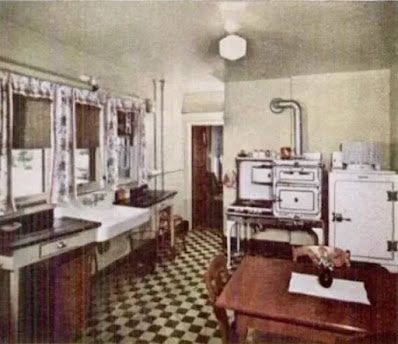The final presidential candidate "debate" was held on Thursday in Nashville moderated by Kristen Welker, an African American NBC News personality -- which inspired plenty of pre-game fireworks and insults from Mr. Trump.
The performance by Mr. Trump was less of an imitation of the Tasmanian Devil from Warner Brothers cartoons than the first "debate" but he did little to reassure the haters and the leery that he was at all well-wrapped and capable of understanding anything that wasn't entirely about him. The man's id and ego dominates everything and spills over into the real world with sometimes devastating consequences. He's a destroyer -- at least his public persona is. He has become Death, Destroyer of Worlds.
I got to thinking about that some time ago, because he has long had a reputation (however often sullied) in the real estate business as preservationist and builder. You look at his performance as president and that seems impossible. The man could not build anything if his life depended on it. As for preservation, his contempt and chaos would destroy anything in his path. Wouldn't it?
Well, I don't know. Apparently certain signature properties of his -- Mar a Lago, the DC Post Office building, the Plaza Hotel and several other historic buildings in NYC -- are worthy preservation and adaptive re-use efforts that he was set on doing and did with considerable brio. How they were done is not the question. That they were done and still stand as relatively well-done examples of the genre -- and with his name on them -- is the point.
None of it could have been easy and watching him as president you would think it wouldn't have been possible for him to do it at all. He's too out of it, too crazy, to chaotic. And yet... somehow these projects and many others got done.
There was nothing in the "debate" on Thursday that let me see or know that part of him. Maybe it's gone, I don't know. There was certainly nothing that convinced me that he even remotely understood the devastating and continuing effects of the Virus on American lives and livelihoods, or that the devastation is in large part due to the failures of his administration to adequately address the situation. Blank stares is about all you'll ever get from them.
Trump's demands that everybody just go back to work and school and shop till they drop again while they "learn to live with it" -- the Virus -- seems hollow and bizarre. The premise is that everything is up to the individual and the market, and if things go south, oh well, too bad, so sad, there's nothing to be done.
That's the status quo right now, and he won't deviate a jot or a tittle from it.
Meanwhile, there's Old Joe Biden. Sigh. I was convinced Democrats would not nominate him simply because I didn't think the political situation would be stable enough to put up such a tired retread against the Destroyer. But in spite of all the objections, they did it anyway. Oh. Dear.
Joe is not as feeble as he's been made out to be by his critics and haters, but he's not entirely there either. He's old. And it shows. During the performance on Thursday, he lost track and misspoke several times, and he seemed to fade out as the evening wore on. Assuming he wins, he'll have to be molly-coddled through his reign, much like Reagan had to be and Wilson had to be toward the end, and probably lots of others had to be, but that's not always a bad thing. What bothered me is that from a policy standpoint, he seems to be trying to revive the early '90s, and I got the willies. No, we can't go back, we have to go forward, a direction he and his handlers don't seem to recognize.
Oh. Dear.
That means to me that things are not going to get better with either old man on the throne. And that is apparently the policy of our rulers regardless of party. No. That's their watchword. No.
So we sleepwalk into the Darkness...
The presidency itself has been jokified by Trump and his antics, and I don't see Biden somehow reverting it to dignity. Yet the presidency has too much power and too much deference is granted to presidential bullshit. There's no sign of reining in the powers of the presidency (just the opposite) nor of restoring some sense of monkish propriety to the office holder. We're going down another path of ever wilder and obnoxious presidents it seems.
The Revolution doesn't come. But the transformation isn't delayed.
Buckle up.
